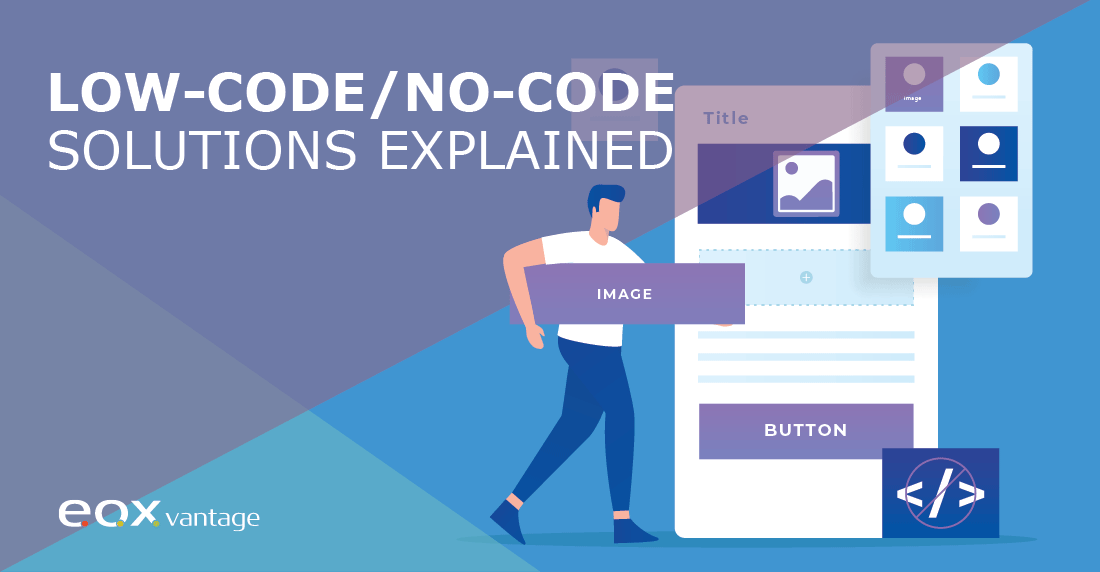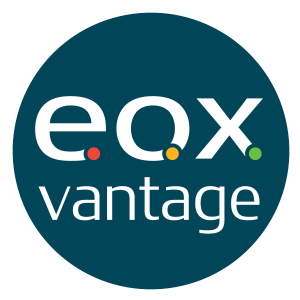These days there is a lot of talk going on about 'low-code/no-code solutions.' What exactly are these, and is it worth it to seek out and implement them?
Low-code/no-code is a software development methodology whereby applications can be built with little to no coding. The term 'no-code' is something of a misnomer and can be a bit confusing.
There is of course code happening in the background. Nothing on a computer works without code. But the end-user interface is a visual, drag-and-drop environment that cuts complexity for those without a programming background. It's rather like using building blocks to make a structure.

What low-code/no-code systems really excel at accomplishing is speeding up the process of getting solutions online and launched. With little training and not much dev knowledge, low-code solutions democratize app creation and open up the process to many more team members throughout a business.
Low-code enables product owners and managers to be much more involved with the design, development, implementation, administration and maintenance of their responsibilities. Traditionally, these people know the business processes they want to launch, but don't know how or don't have the dev training/background to set parameters and get it done efficiently.
In such cases, low-code removes the barriers to success. Low-code tools allow fewer team members to quickly build an archive of reusable, iterable assets to employ across (future) apps. It suits an Agile environment, promotes collaboration and encourages resource conservation. Low-code helps the IT department and the rest of the enterprise speak to each other and work better together.
In addition, coding folks do things that 'general business' types don't, and these practices can be easily built into the model. These processes include:
- Compliance
- Documentation
- Interfaces
- Testing what could break
Our last blog covered the importance of shifting the way the Insurance industry does business from transactional to one focused on the customer experience.
Low-code/no-code solutions can help make this switch effectively, quickly and with reduced cost because intense coding isn't required to develop applications. The flexibility that low-code offers provides consumers with the self-service options they expect. Providing them with platforms that are easy to use ultimately enhances the customer experience and as a result builds customer loyalty and converts leads.



